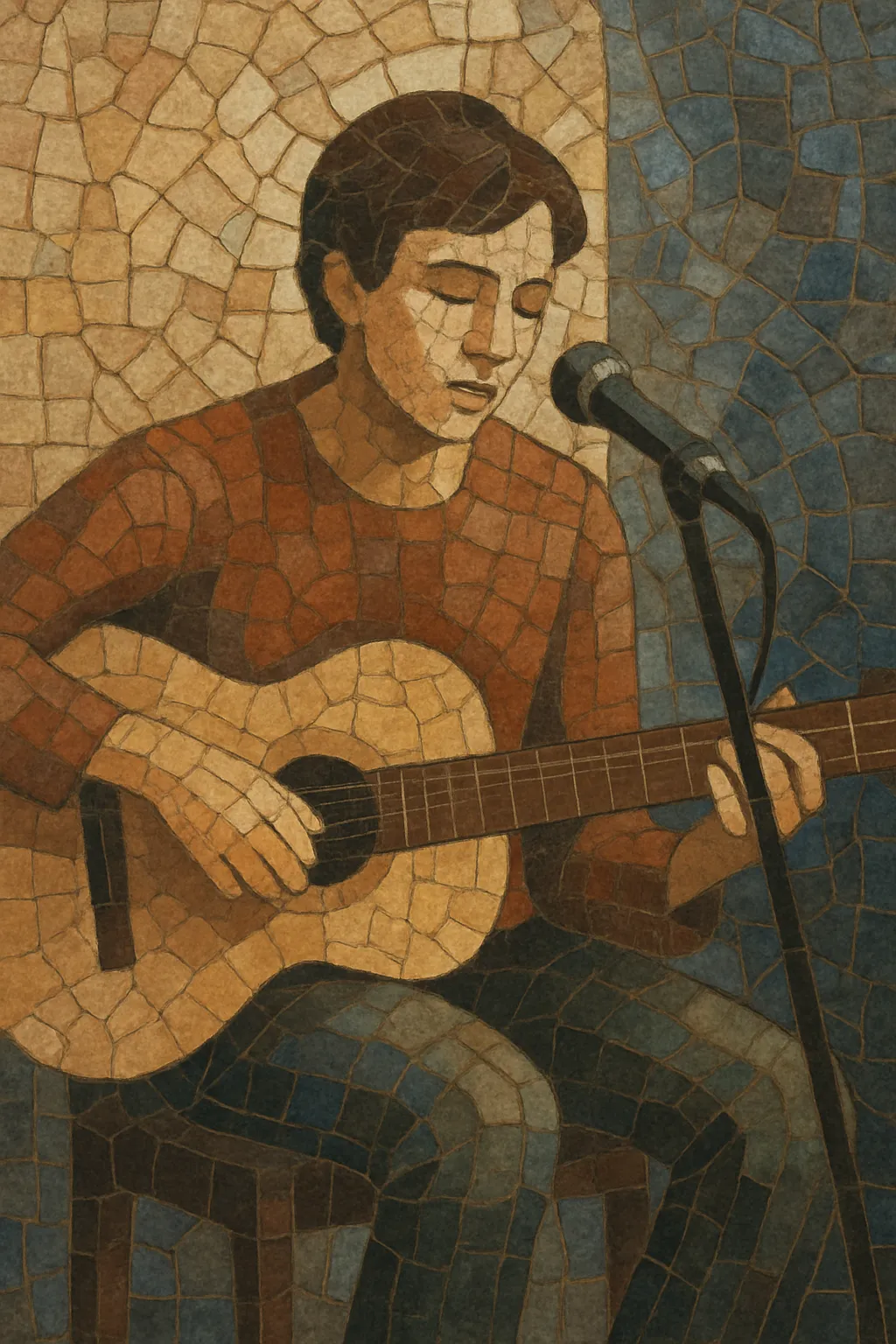A ballad is a narrative song form that tells a story in simple, singable stanzas, traditionally using quatrains in ballad meter (alternating lines of iambic tetrameter and trimeter with an ABCB rhyme scheme). Ballads typically recount dramatic events—love, betrayal, tragedy, murder, the supernatural—or notable historical incidents.
Early ballads were often sung unaccompanied or with minimal accompaniment, carried by memorable, modal melodies and refrains that aided oral transmission. Over time, the term also came to describe slow, sentimental popular songs in the 20th century, but the core of the genre remains the storytelling focus and strophic, easily learned structure.
Ballads are central to the English- and Scots-language folk traditions, migrated to North America where they flourished in Appalachian singing, and continue to be performed, adapted, and reinterpreted in contemporary folk and roots scenes.
Ballads arose in late medieval Europe, especially in England and Scotland, as narrative songs disseminated orally by minstrels and community singers. Their use of ballad meter, refrains, and incremental repetition made them durable in oral tradition, while modal melodies (often Dorian or Mixolydian) aided memorability.
With the spread of cheap print, “broadside ballads” circulated widely in towns and markets, fixing fluid oral texts into printed form. This era expanded subject matter—from romances and crimes to topical news—while preserving the strophic, narrative core.
Ballads crossed to North America with British and Irish settlers, taking deep root in the Appalachian region. There they persisted with conservative melodies and variants, yielding distinctive American versions of British ballads as well as newly composed local narratives.
Francis James Child’s late-19th-century compilation of English and Scottish Popular Ballads and subsequent field collecting by scholars and folklorists canonized hundreds of texts and tunes. The mid-20th-century folk revival brought these ballads to concert stages and recordings, shaping modern folk performance practice.
In the 20th century, “ballad” also came to describe slow, emotive popular songs, distinct from (but inspired by) the narrative folk form. Meanwhile, traditional ballads continued in folk clubs and festivals, influencing singer-songwriters, folk rock, country storytelling, and modern roots music.


